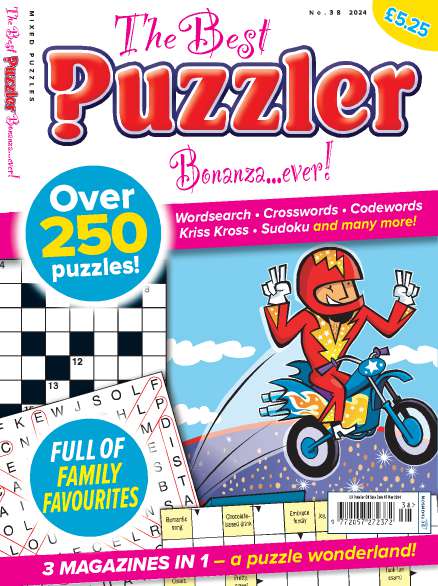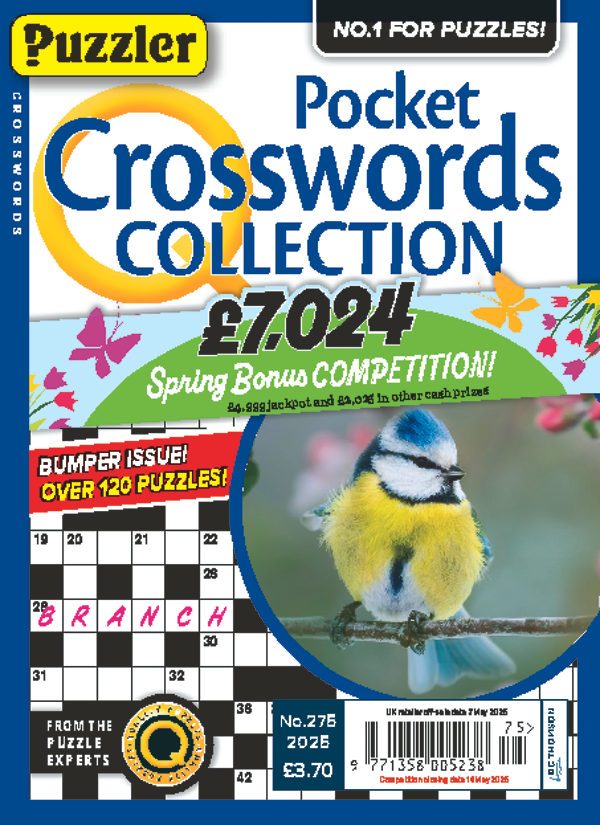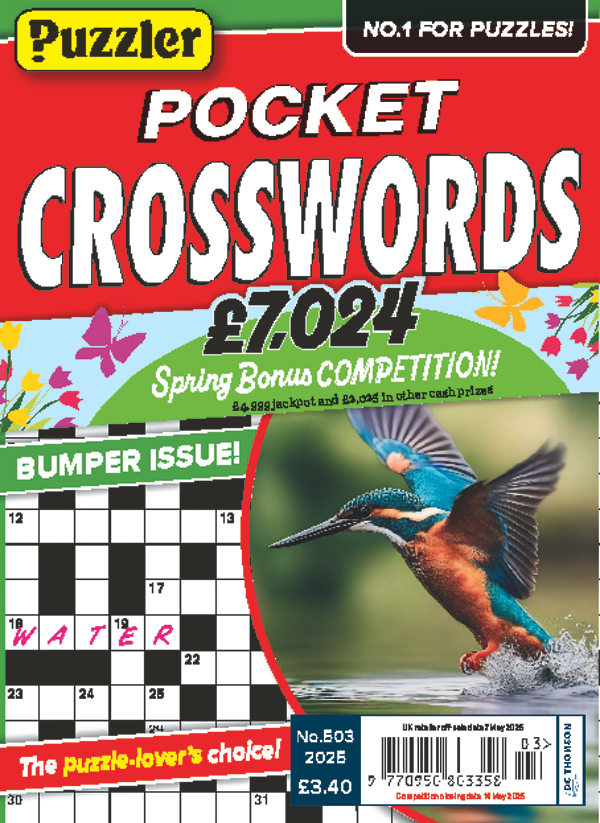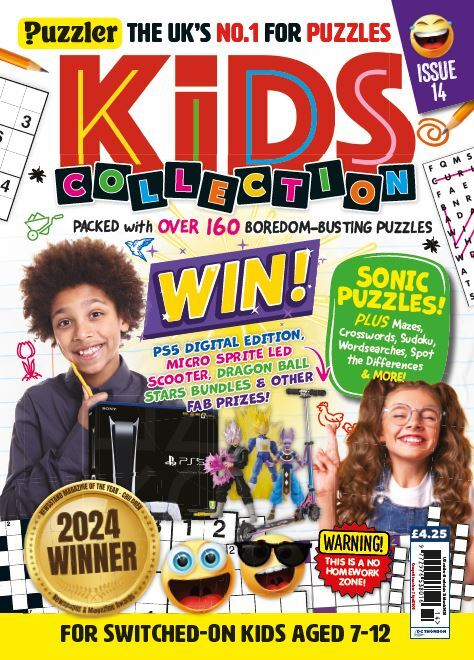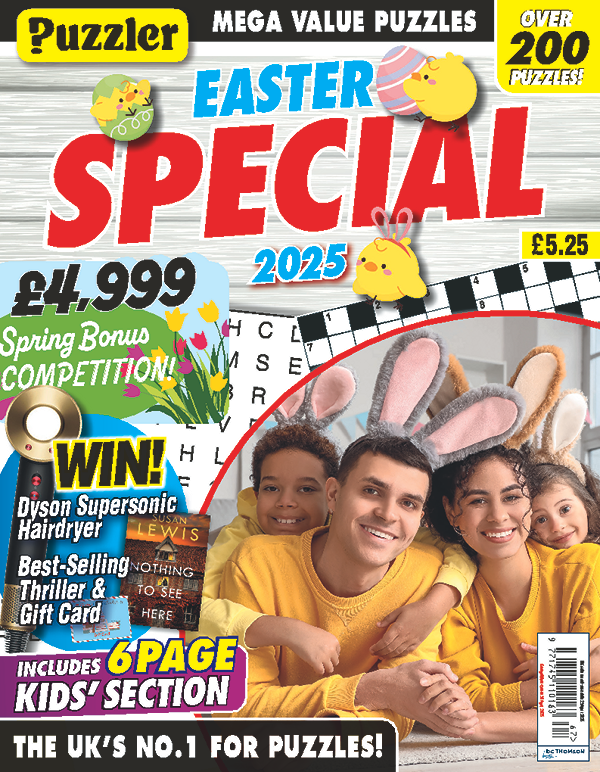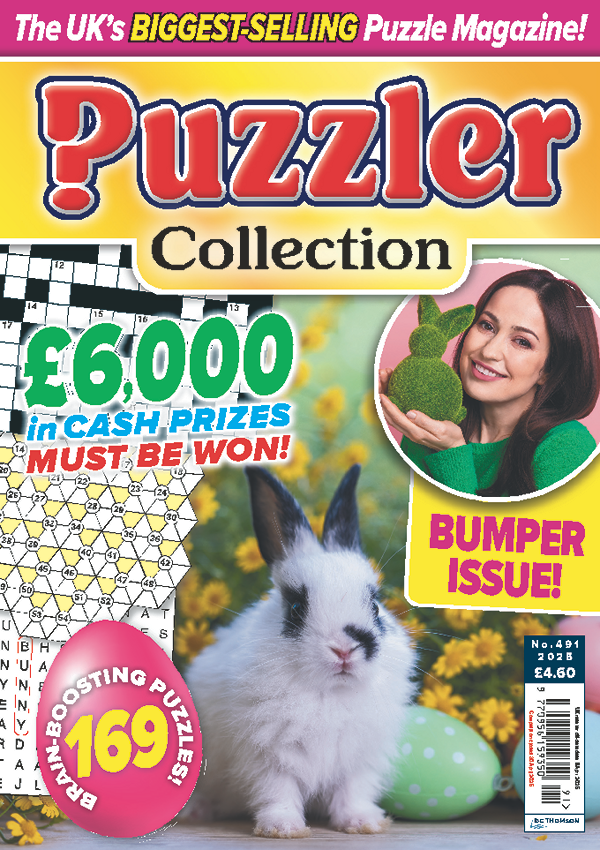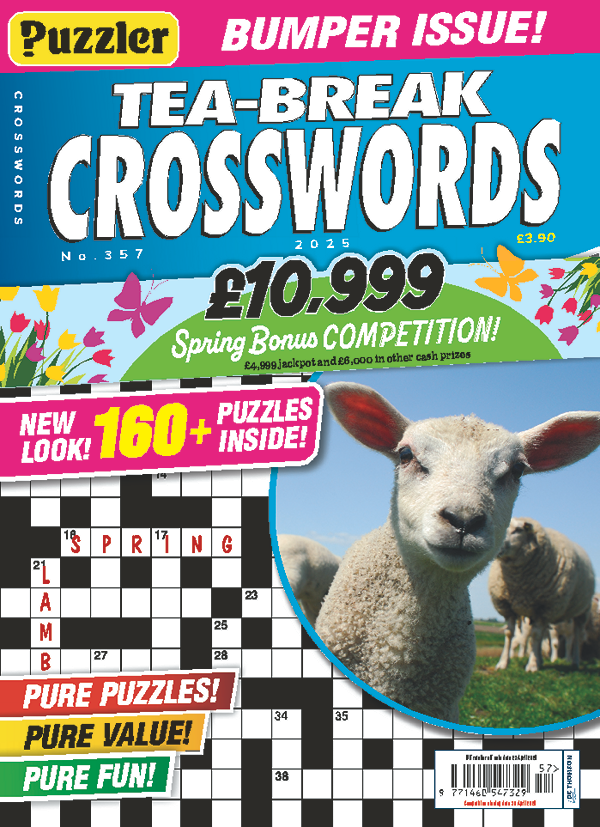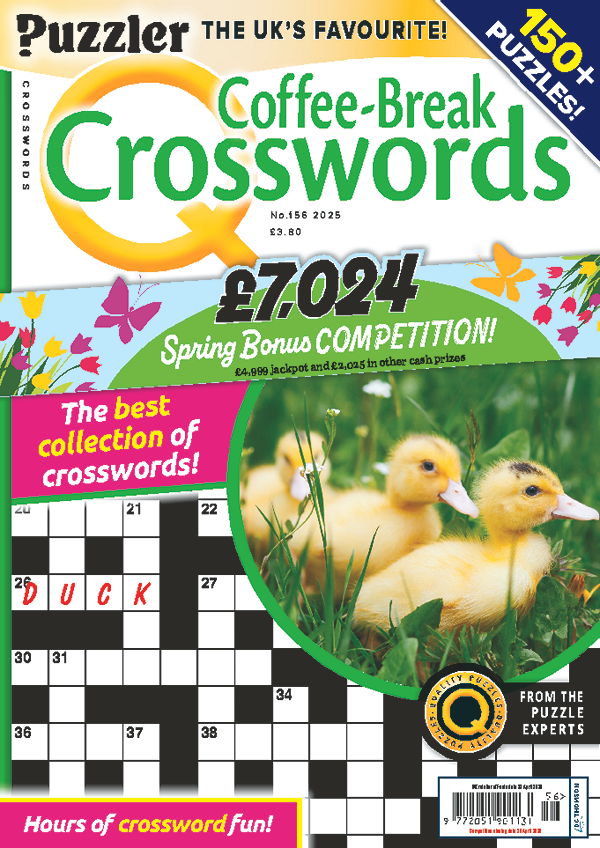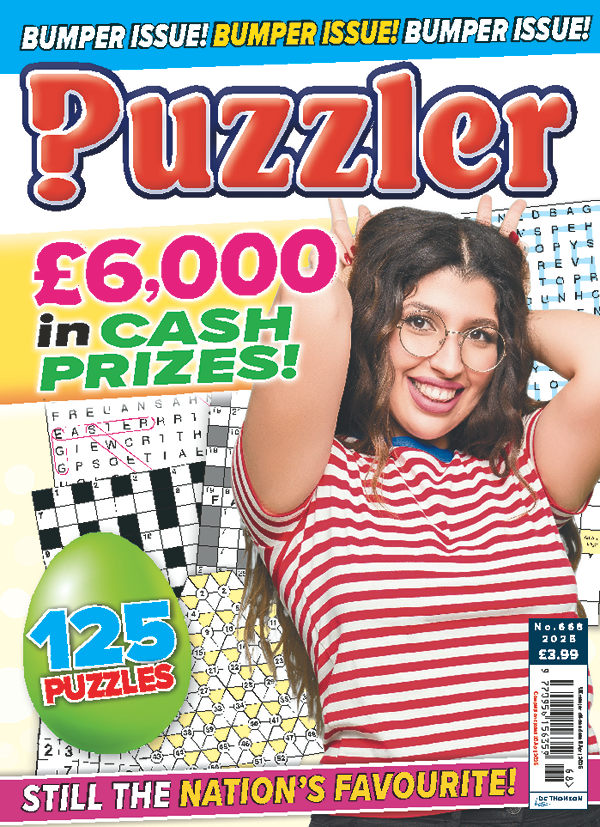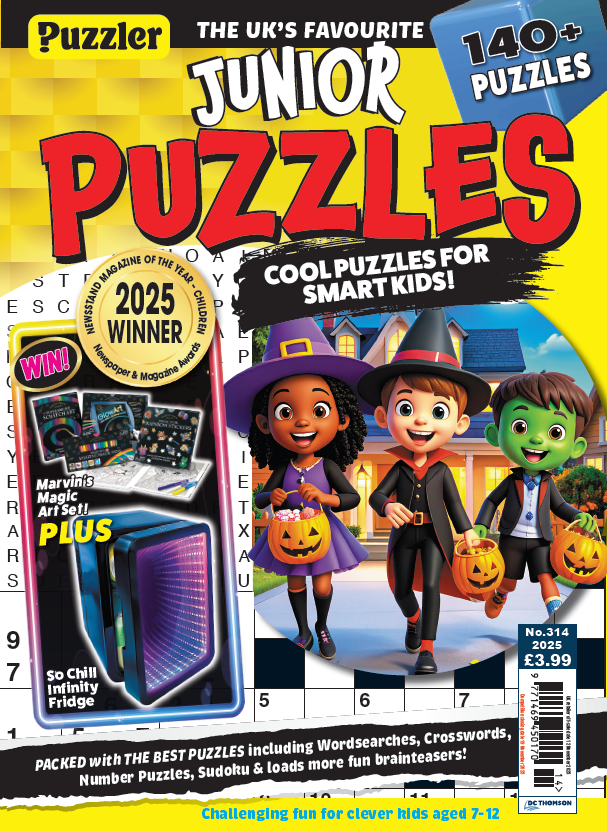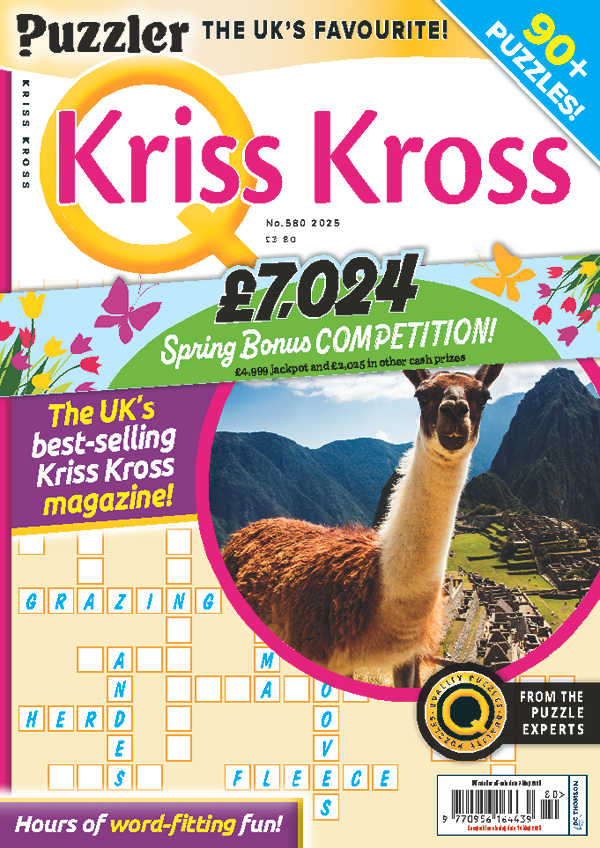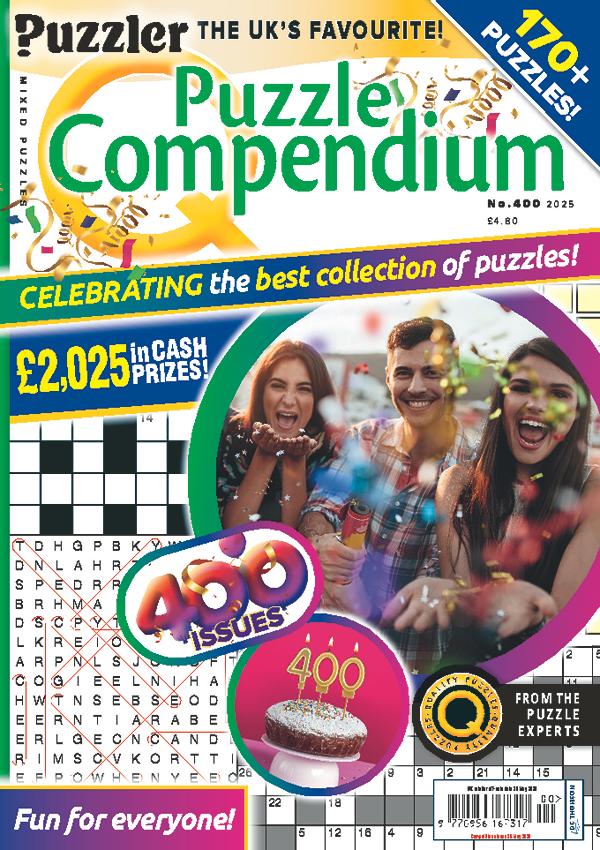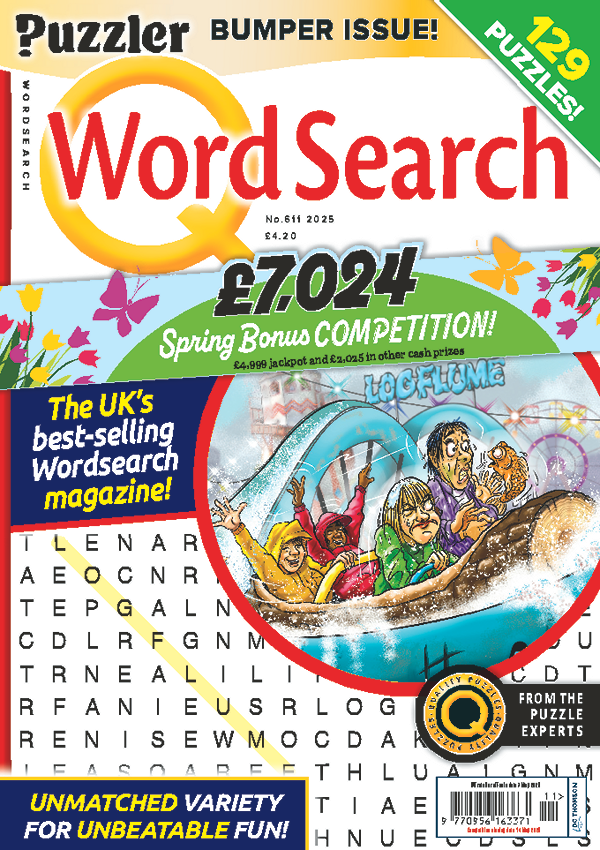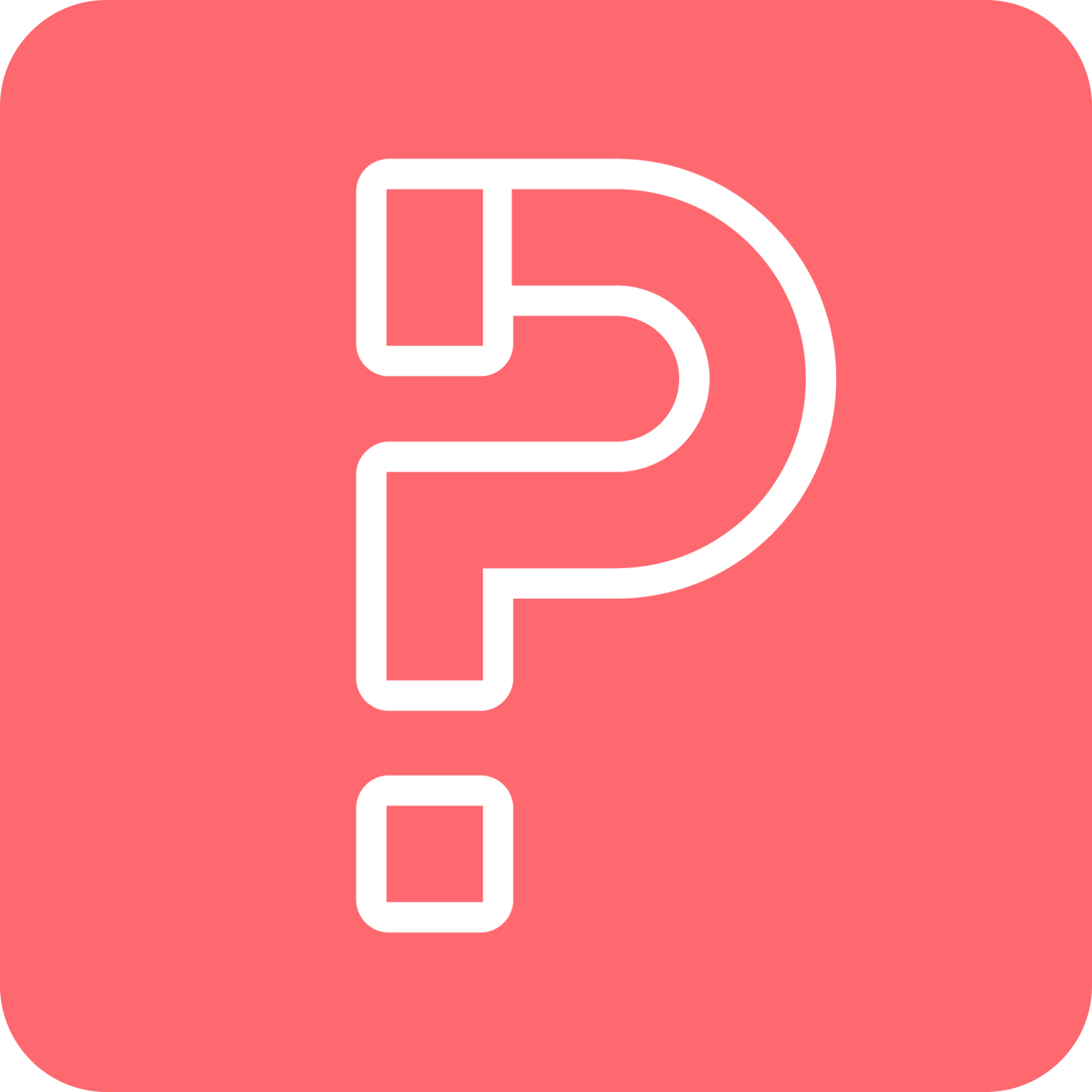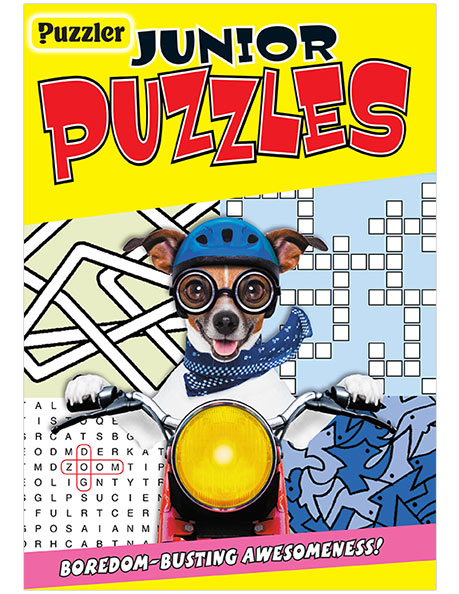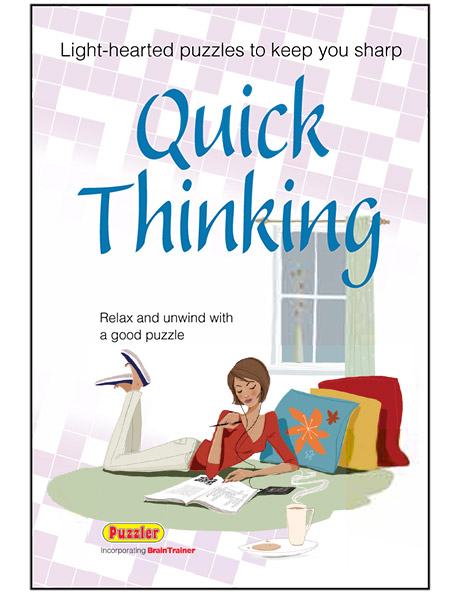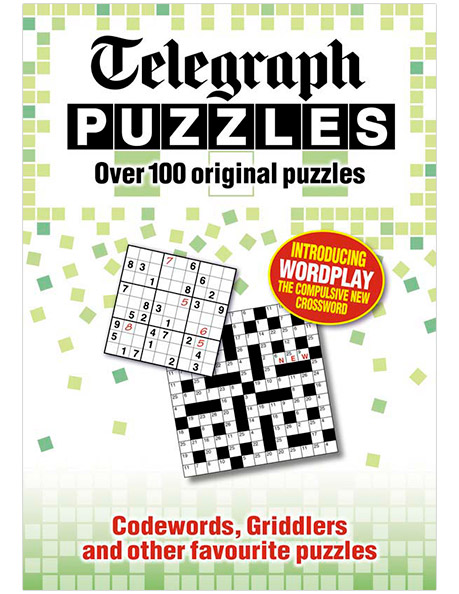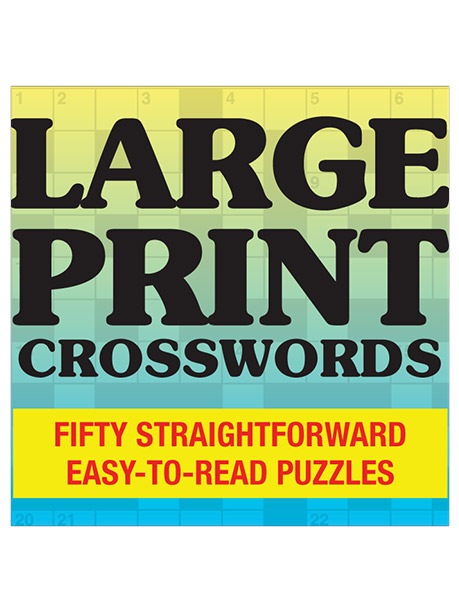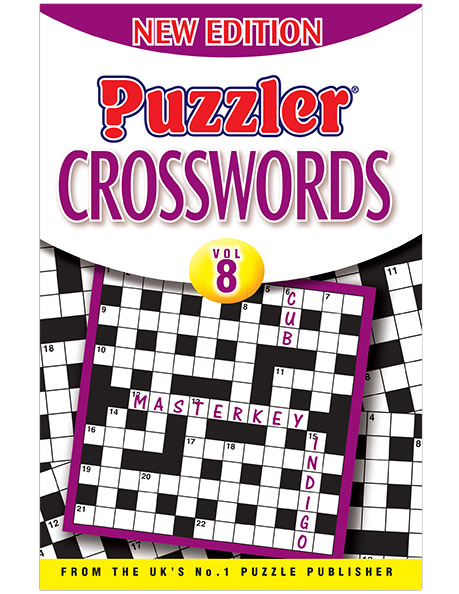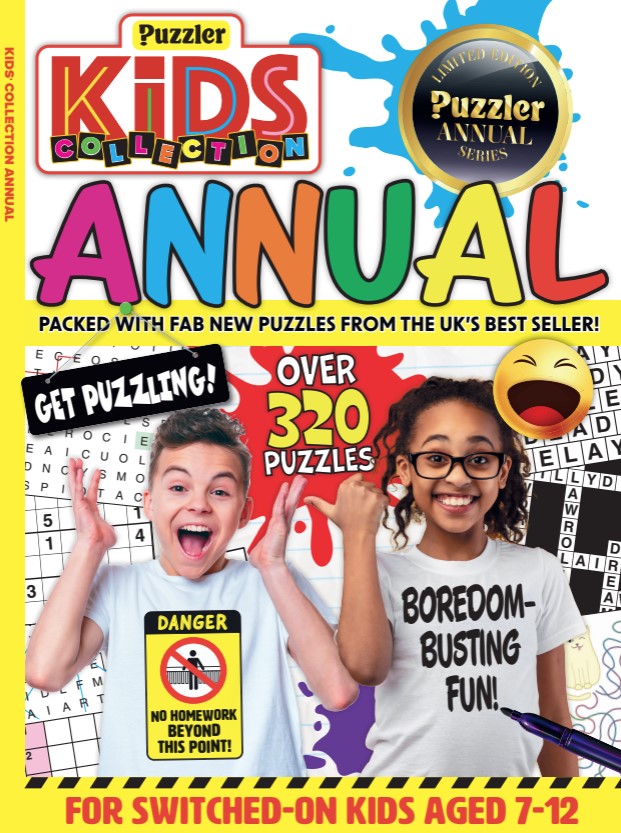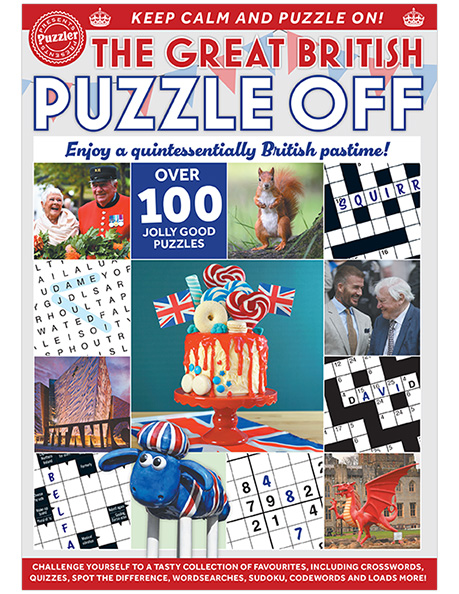Crossword
The first crossword was published in the 'New York World' newspaper on December 21, 1913 by British journalist Arthur Wynne. The puzzle was based on the word square, where a set of words of the same length was given to the solver, who then had to fit these words into a square grid so that the same words appeared both horizontally and vertically. In Wynne's version, dubbed the word-cross, he provided a set of numbered clues to the words, instead of the words themselves. He also used a diamond-shaped grid with a hollow centre, around which the answers were to be written, with numbers in the grid corresponding to those of the clues, indicating where and in which direction the answer should be placed. Due to a typesetting error occurring several weeks later at the newspaper, the words word and cross were transposed, giving the name crossword.
A daily crossword is published in most English-language newspapers. The grid is usually square with some degree of symmetry, either rotational (so that the puzzle would look the same if turned 180 degrees) or mirrored (the bottom half of the puzzle is a reflection of the top, and/or the right half is a reflection of the left).
American-style grids are heavily interlocking, with every answer letter checked, meaning that it forms part of both an across and a down answer. It is theoretically possible to complete this type of crossword by solving just the across clues while ignoring the down clues, or vice versa. British-style grids have a larger number of black squares, so that up to half of the letters in an answer are unchecked, ie, form part of either an across or a down answer, but not both. Crossword setters frequently refer to unchecked letters as unches.
Because of the symmetrical nature of the puzzle, the dimensions of British-style grids are odd numbers, the most popular being 13x13 and 15x15. If even-numbered dimensions were used, this would produce American-style heavy interlocking of letters at the centre of the crossword.
Setters usually work with a set of existing grids provided by the newspaper for which they compile.
Crossword grids containing black squares are known as blocked. Their counterpart, barred grids, have no black squares, and divisions between words are indicated by thick lines. In barred grids, every square is white, so that it requires entry of a letter by a solver.
Usually, all the clues in a crossword are of a kind. In quick or straight crosswords, the clue may be a synonym of the answer, or just a simple definition of it. Quiz-style crosswords contain only general knowledge clues, possibly relating to a single theme.
Instructions
Solve the clues and put the answers in the grid.
Related Puzzles
4-Square All In One Alpha-Fit Arroword Backwards Chain Letters Codeword Cross Over Cross-Quiz Cryptic Crossword Dilemma First Thoughts Gimme Five Heads And Tails Honeycomb Inclued Jolly Mixtures Last Thoughts Lettersets Look Both Ways Misprints Missing Links Outsider Pieceword Roundabout Round-Tour Scrowdros Seeing Double Skeleton Crossword Spiral Start To Finish Story Crossword Three To One Vowel Play Write BackFeatured In
Related Products

